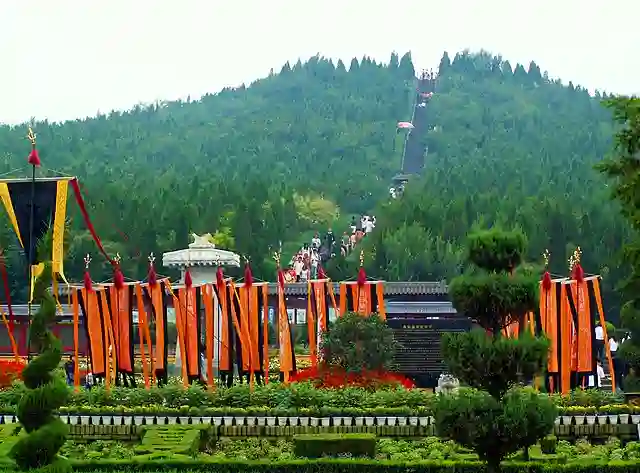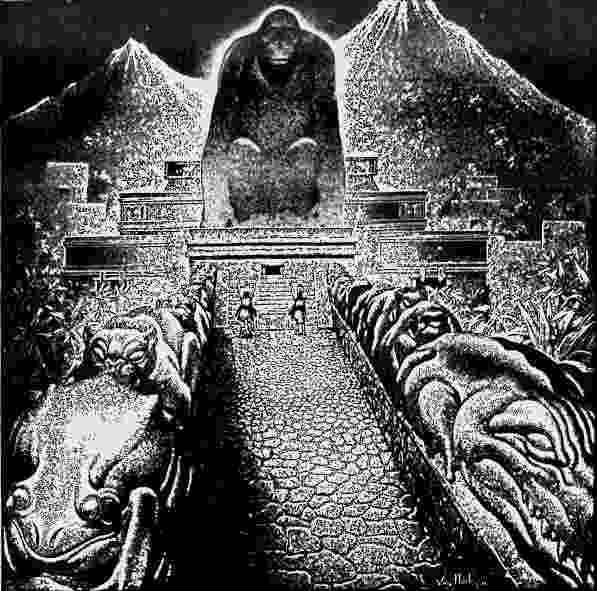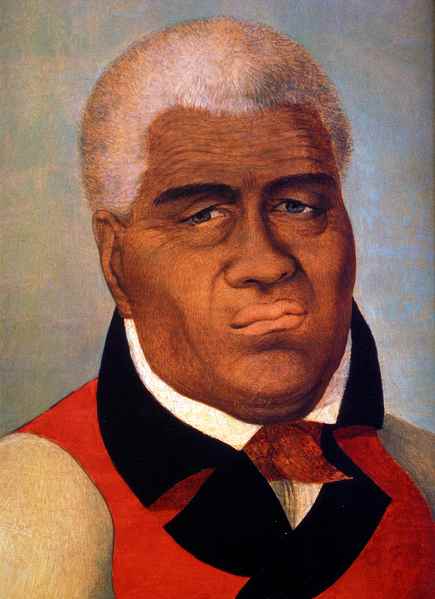Heirloom Seal of the Realm – Most Valuable Lost Treasure in China
Last updated on September 23rd, 2022 at 10:05 am
In 221 BC, the Heirloom Seal of the Realm was designed for Qin Shi Huang, the ruler who conquered several warring groups and unified China under the Qin dynasty. For a long time, it served as a symbol of legitimacy for new emperors establishing a new dynasty.

The Imperial seal is a symbol given to the ruler to unite China under their control.
This priceless artifact was passed down from emperor to emperor until it inexplicably vanished between 907 and 960 AD.
The Content of the Seal
The Heirloom seal of the realm read.
Having received the Mandate from Heaven, may (the emperor) lead a long and prosperous life. (In Chinese language – 受命於天, 既壽永昌)

What Materials Were Used to Create This Seal?
Because the seal was fashioned of pure jade, it was a powerful symbol of dynasty power.
Imperial seals are all made of a single piece of jade in a regular, geometric shape, with a small, decorated handle on top for holding when the seal is pressed down. Because imperial seals are a significant element of a long tradition.

How Was the Heirloom Seal of the Realm Lost?
The seal was passed down through the Cao Wei Dynasty, Jin Dynasty, Sixteen Kingdoms Period, Southern and Northern Dynasties Period, Sui Dynasty Period, and Tang Dynasty Period, but it was lost during the Ten Kingdoms and Five Dynasties Period (907-960).
The Ming army acquired only one of the eleven personal seals of the Yuan emperors when they took the Yuan capital in 1369. The Heirloom Seal was not discovered. Ming soldiers attacked the Northern Yuan dynasty in 1370 and took certain riches carried there by the retreating Yuan emperor.
However, the Heirloom Seal was not discovered. The seal was known to have been lost at the beginning of the Ming Dynasty. It was not in the hands of the Ming or Qing dynasties.
This helps to explain the Qing Emperors’ concern with establishing multiple imperial seals – in Beijing, the forbidden city has a collection of 25 seals solely for the emperors’ official usage – to diminish the value of the Heirloom Seal.

Theories on What Happened to the Seal
There are numerous theories as to what happened to the seal. According to one legend, the seal was caught in the fire when the final Tang emperor, Li Congke, cremated himself and his family in 937 C.E.
When the temperature is applied to jade, it does not disintegrate or melt; instead, it changes color, burns, and cracks.
Another legend is that after the Sui Dynasty fell, he was captured by the Turks, and his whereabouts were unknown.
Another narrative connects the demise of the Heirloom Seal of the Realm to the overthrow of the Yuan dynasty (1279-1368 C.E.), a conquering Mongol dynasty.
According to legend, when the Ming dynasty took over for the Yuan, they raided the imperial place and seized certain seals. But you don’t find much data to support this. As of now, it appears that the seal will have to stay a legend.
Conclusion
The jade Heirloom Seal of the Realm is both a symbol of Chinese monarchy and the mandate of heaven itself. If you can find it now, you can use it to seize control of all of China. If you can discover it—you are China’s sole emperor at the moment, and the seal can confirm your legitimacy.
Though in the modern world, anyone who finds the Heirloom Seal of the Realm might not become the ruler of China, it is nonetheless regarded as a symbol of China’s national heritage. Heirloom Seal is currently regarded as China’s most precious lost treasure.







